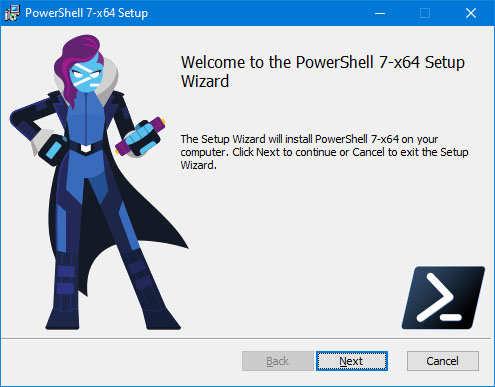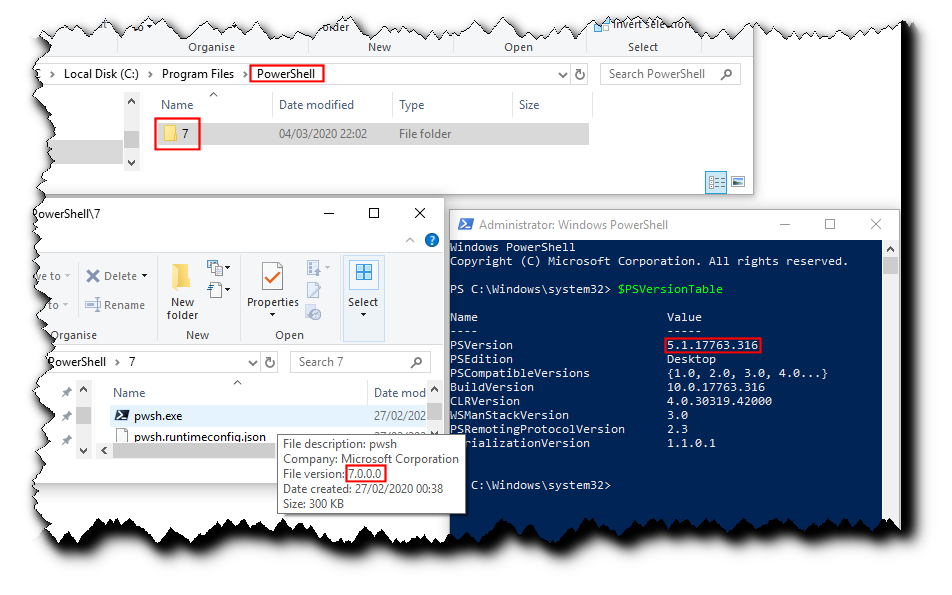
NET Framework APIs (especially on Windows), enabling significantly more backwards compatibility with existing Windows PowerShell modules. NET Core 2.x to 3.1.NET Core 3.1 brings back a host of. The shift from PowerShell Core 6.x to 7.0 also marks our move from.
The ability to invoke to invoke DSC resources directly from PowerShell 7 (experimental)įor a more complete list of features and fixes, check out the PowerShell 7.0 release notes. A compatibility layer that enables users to import modules in an implicit Windows PowerShell session. A simplified and dynamic error view and Get-Error cmdlet for easier investigation of errors. Pipeline parallelization with ForEach-Object -Parallel. With PowerShell 7, in addition to the usual slew of new cmdlets/APIs and bug fixes, we’re introducing a number of new features, including: Additionally, it was the first release of PowerShell made under an open-source license (MIT), encouraging long-time PowerShell enthusiasts and complete newcomers alike to contribute directly to the source code, tests, and documentation.Īfter three successful releases of PowerShell Core, we couldn’t be more excited about PowerShell 7, the next chapter of PowerShell’s ongoing development. NET Core, PowerShell Core introduced cross-platform support across Windows, macOS, and Linux, SSH-based PowerShell Remoting, massively improved support for REST and JSON, official Docker containers, and more. Three years ago, we announced PowerShell Core 6 as a completely new edition of PowerShell. 

PowerShell includes a command-line shell, object-oriented scripting language, and a set of tools for executing scripts/cmdlets and managing modules. JSON, CSV, XML, etc.), REST APIs, and object models. What is PowerShell 7?įor those unfamiliar, PowerShell 7 is the latest major update to PowerShell, a cross-platform (Windows, Linux, and macOS) automation tool and configuration framework optimized for dealing with structured data (e.g. PowerShell 7 would not have been possible without your help.

Today, we’re happy to announce the Generally Available (GA) release of PowerShell 7.0! Before anything else, we’d like to thank our many, many open-source contributors for making this release possible by submitting code, tests, documentation, and issue feedback.







 0 kommentar(er)
0 kommentar(er)
